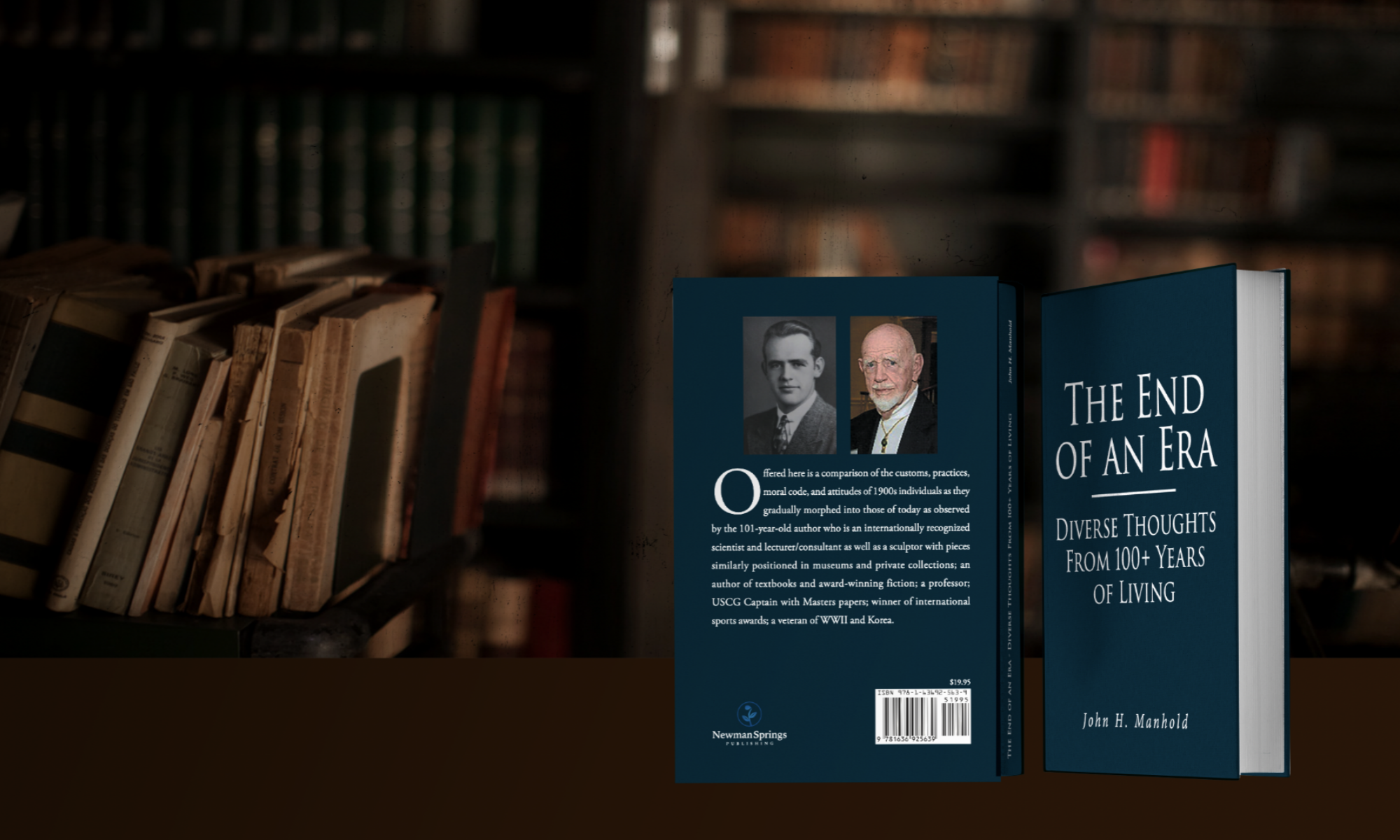Road to the Breaking ISBN: 9781733107949 published, copyright and written by Christopher Bennett.
Book 1 of historical fiction in an anticipated four book series that by way of explanation opens with a quotation by Billy Creek, an Indian Scout, U.S. Army, 8th Infantry:
“It was a time of such suffering and death, it caused the breaking of all the old ways. Some for the good, and some for the worse. Nothing came through ‘The Breaking’ unchanged, and all that once was, even to the greenness of the earth, was broken during that time, and was never again the same.”
The story opens in March 15, 1860 – South of Fort Davis, Texas. As Captain Nathaniel Chambers leads his troop attempting to find a notorious outlaw. They do and Chambers, angered by the outlaw’s action, viciously reacts. The reaction is understandable and not inappropriate, but distasteful to him as he is concerned with this personal lack of self-control of anger that he has been struggling with for many years. And this trait becomes a persistent feature of the story as it evolves. The tale continues as he is almost revered by those under his command as a fearless leader in battle and an intelligent, empathetic officer. Thus, when his father dies unexpectedly and he is forced to leave the army and its, for him, compatible way of life to return to Virginia, a few of his men resign to accompany him. The return is necessitated by his mother’s inability to handle the affairs of running a huge plantation, replete with slaves, another feature with which the Captain is ‘uncomfortable’. Acceptance of his resignation, outfitting for the trip and the distance to be covered will take several weeks at best and his mother already is experiencing tremendous pressure from the inheriting son of the neighboring plantation. A running feud between the two deceased owners is being re-opened by the young man who is taking ruthless and totally unfair advantage of Nathaniel’s mother. This first book sets the stage for the ensuing series.
Discussion: The author has initiated what appears to be the beginning of an enjoyable tale of the pre-civil war and probably some parts of the ensuing conflict. He has approached a difficult job admirably considering all of the elements required in such an endeavor. He has set the stage by including all of them and imbued the story with tension and anticipation for the next volume. Granted, a certain amount of ‘filler’ has been added that slows the tale’s forward thrust, but generally acceptable and pertinent to character development. An intriguing beginning.
5* Pre-civil war novel with tremendous possibilities.
